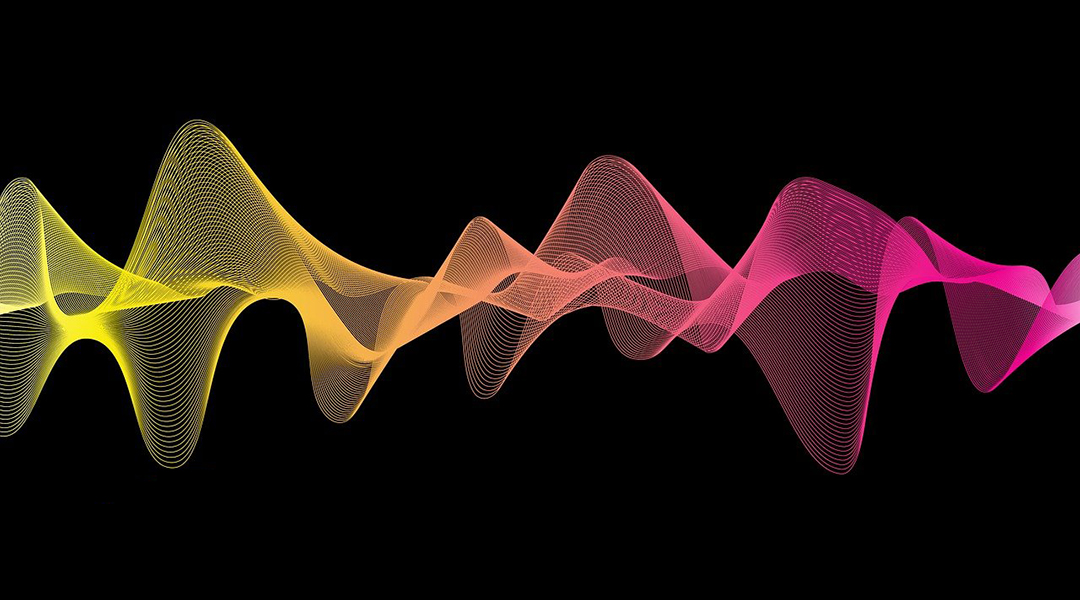Born in Washington state in 1891, neurosurgeon Penfield pioneered the technique of removing a portion of the skull and using electrodes to probe the brain of a patient with epilepsy while they were still awake. This might sound like something out of a sci-fi novel, but it helps matters that the brain itself has no pain receptors, allowing for brain surgery to often happen when the patient is fully conscious.
Epilepsy, a disorder of the activity of neurons in the brain, causes seizures. The technique developed by Penfield, which came to be known as the “Montreal procedure”, aims to accurately pinpoint the location of the seizure activity. This specific area of the brain can then be removed while preserving the function of the healthy regions.
Penfield went on to use the electrode probes in epilepsy surgery patients to map out the function of the sensory and motor areas of the brain, but that is a story for another day.
A new study using the electrocorticography technique pioneered by Penfield has found that the brain region responsible for recognizing faces is also activated when a person listens to a famous person’s voice.
For this study, published in the Journal of Neurophysiology, researchers recruited five patients with epilepsy who had electrodes temporarily implanted in the temporal lobe of their brain as part of their medical care.
“The main importance of this study is that it shows how [the] auditory and visual cortex work together for person recognition. Though further investigation is necessary, one interpretation of our finding is that brain regions that provide the visual representation of the person become active when hearing that person’s voice,” said Thomas Abel, an assistant professor in the Department of Neurological Surgery at the University of Pittsburgh and one of the authors of the paper, in an email.
The patients were presented with either the faces or the voices of U.S. Presidents Barack Obama, George W. Bush or William Clinton and asked to name them. The electrocorticography recordings were obtained from a region of the visual cortex called the fusiform gyrus.
Identification of famous voices was associated with activity in the fusiform gyrus that occurred relatively late and at a lower intensity than during facial identification. The authors propose that this relatively late activation of the visual areas during auditory recognition tasks provides support to the theory that “top-down” interactions from the auditory to the visual cortex help facilitate the recognition of famous voices. This may explain why we find it easier to recognize the voice of someone whose face is familiar to us.
Several questions on the mechanisms of these multi-sensory interactions during voice recognition remain unanswered. “Future studies could examine whether activity in fusiform gyrus (or other visual areas) is present when hearing an unfamiliar or non-famous voice,” said Abel. “If it is true that fusiform gyrus becomes active as a result of activating the visual representation of the voice, then we would not expect this region to become active for unfamiliar voices.”
Abel also said that he is inspired by the willingness and interest of patients to participate in these studies during their own epilepsy surgery journeys, and that he hopes that this research will lead to new methods to preserve person identification abilities, which are sometimes impacted by epilepsy surgery.
Reference: Ariane E. Rhone, et al., Electrocorticography reveals the dynamics of famous voice responses in human fusiform gyrus, Journal of Neurophysiology (2023). DOI: 10.1152/jn.00459.2022

















